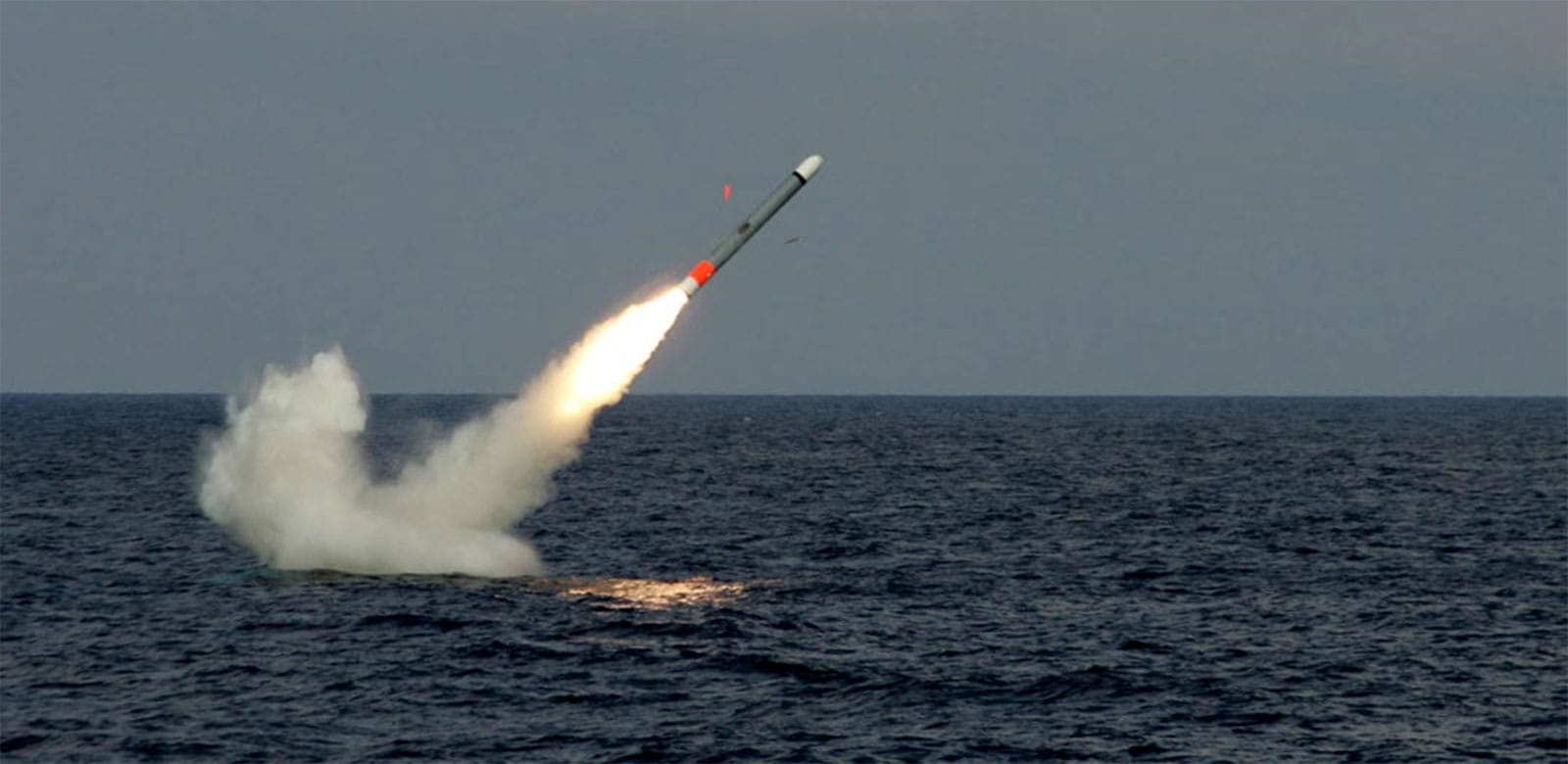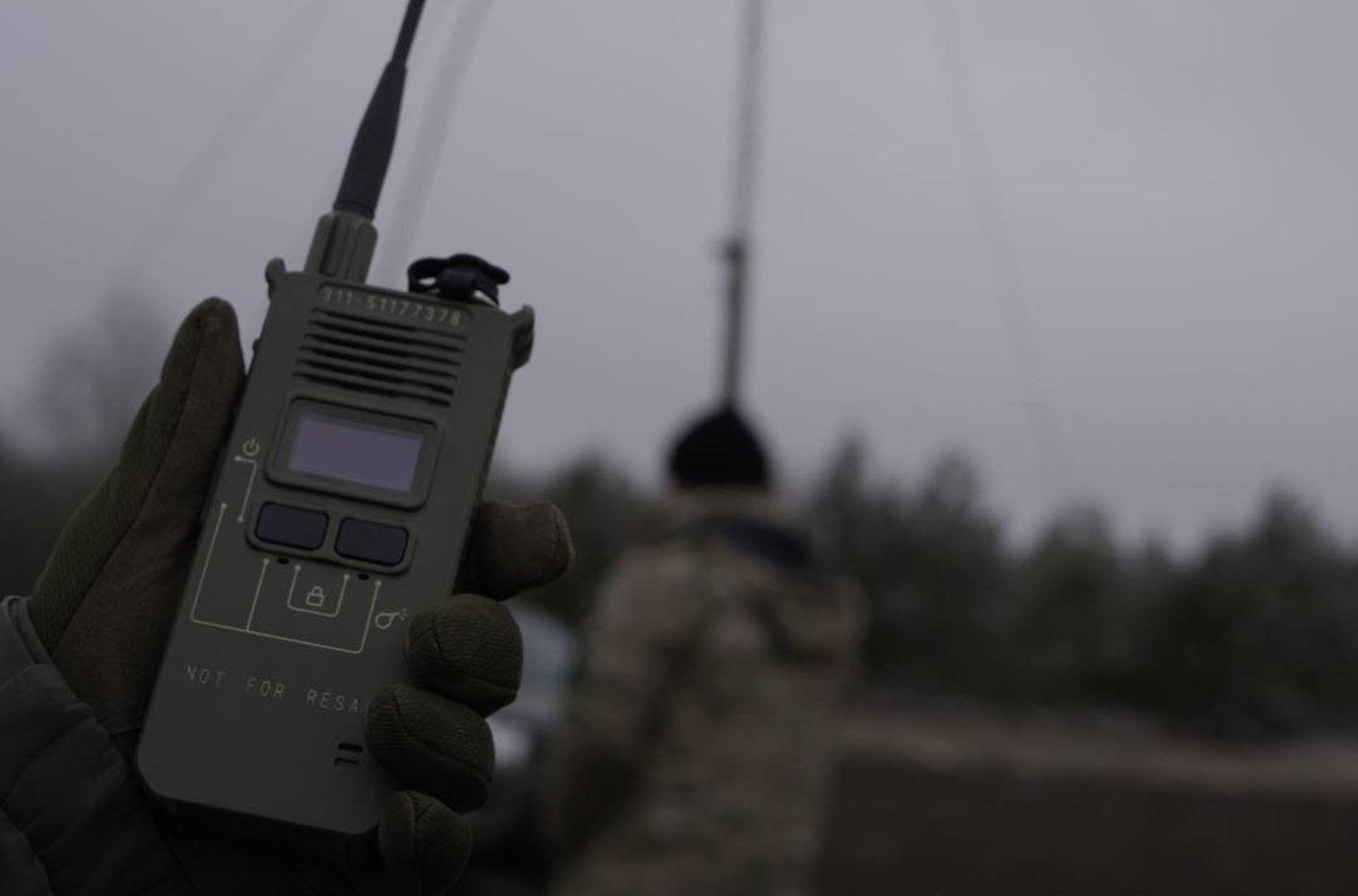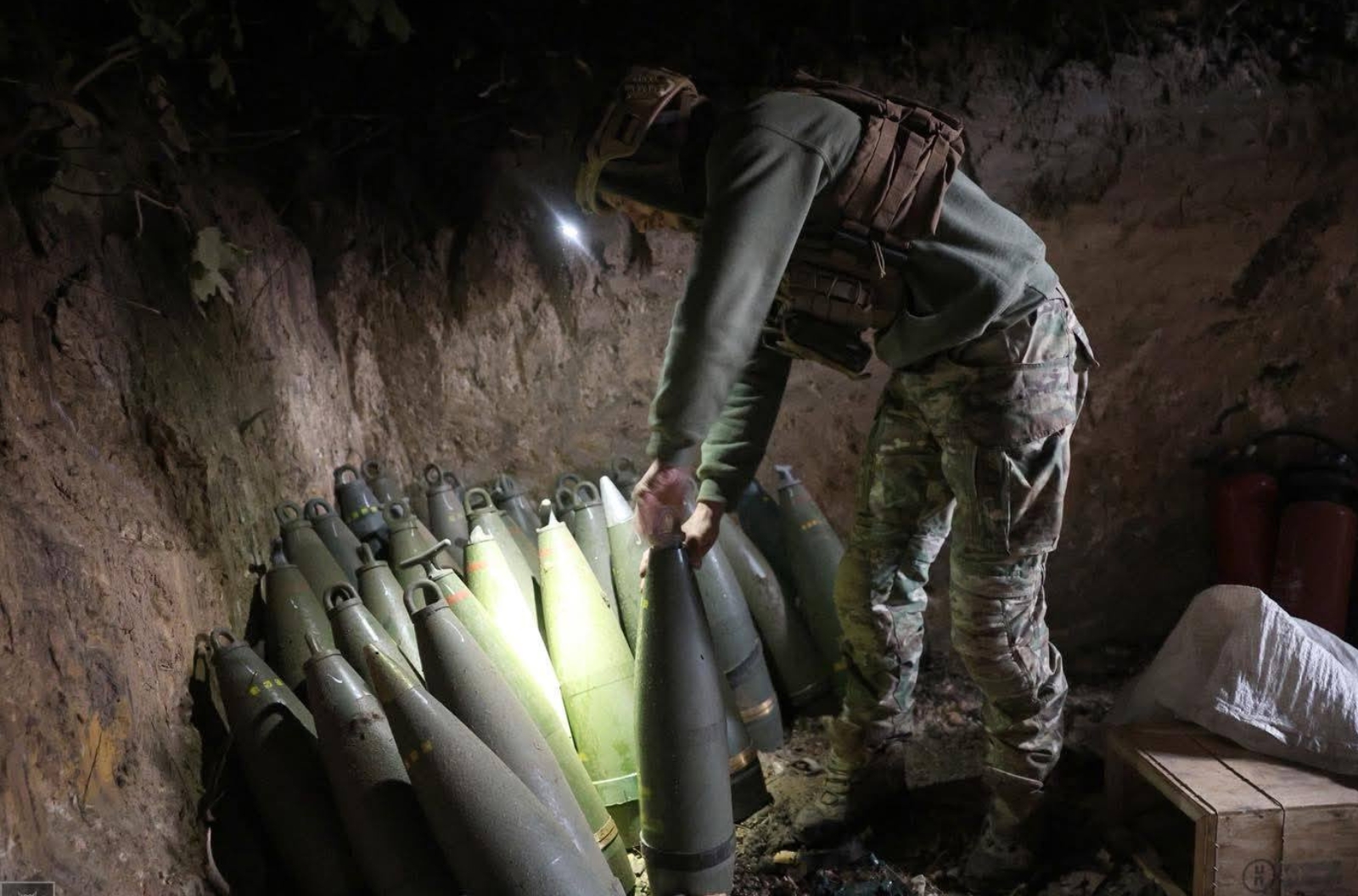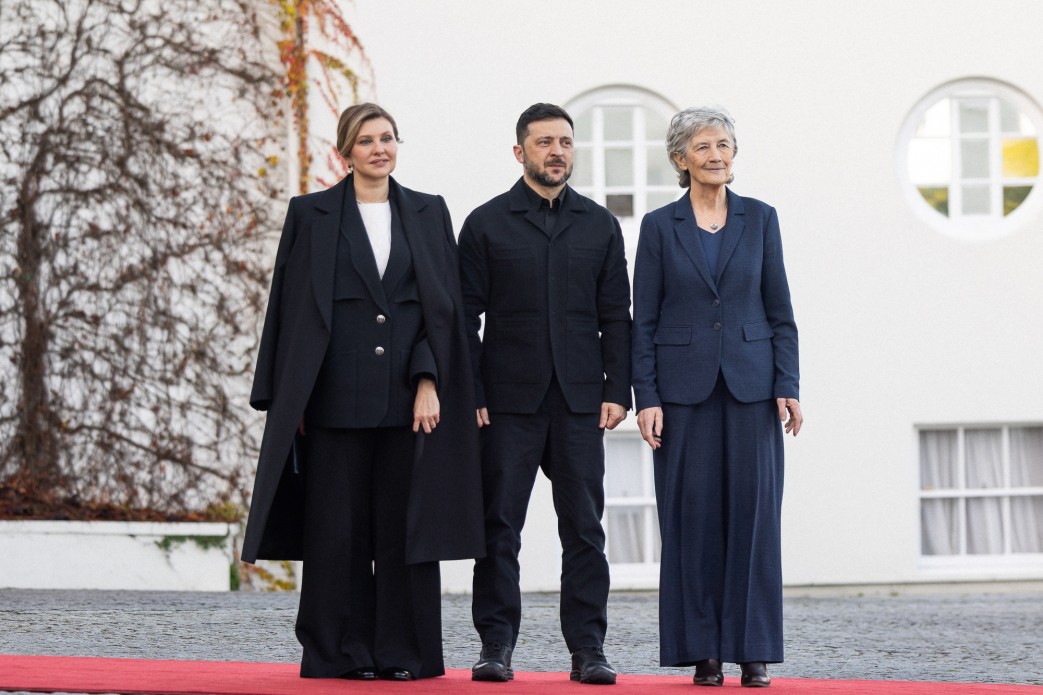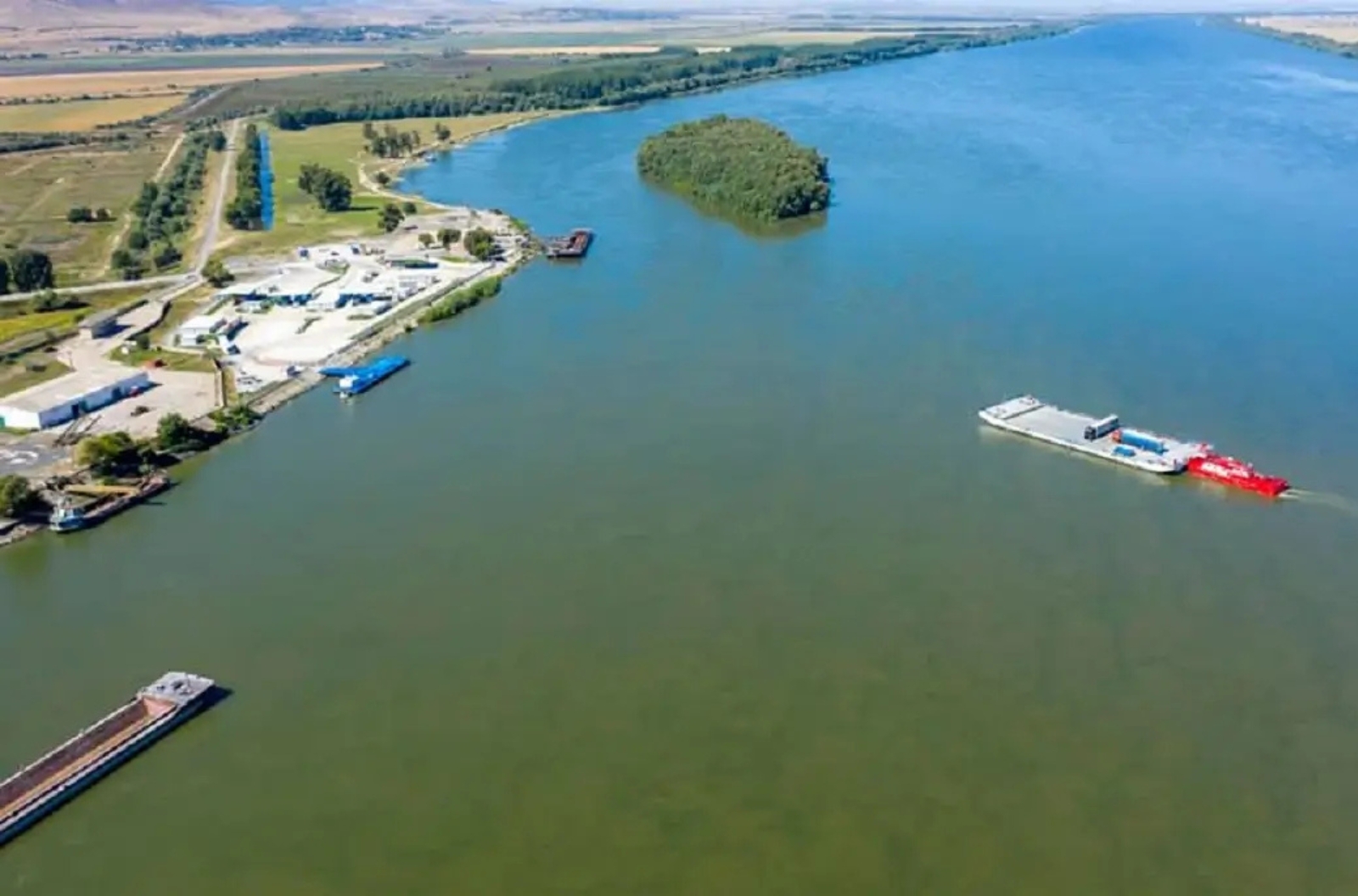I’m not a cruise‑missile specialist, but to understand the general picture it’s enough to be an engineer. A Tomahawk is an ordinary cruise missile with all its pros and cons.
Our adversary has a dozen different types of them. They have been attacking us with these missiles for four years by the hundreds, and we shoot them down by the hundreds as well.
So the basic principle for all cruise missiles is the same. Tomahawks are not among the fastest cruise missiles. Their warhead weight is also typical for cruise missiles. Tomahawks can fly low — and so can the enemy’s missiles. Tomahawks’ precise terrain‑contour navigation (TERCOM) is useful against EW systems, but the Russians also have missiles with that kind of navigation. Various extra features, like course correction via satellite, help reach targets more reliably, but they’re not magic.
In general, just as we shoot down Russian cruise missiles, they will partially shoot down Tomahawks.
Why am I writing all this? Tomahawks would only be useful if supplied to us in large numbers. Given the percentage that will be shot down, their effectiveness must be noticeable — not tens, but hundreds. And not just one hundred.
Why would the U.S. send us a small number of Tomahawks? To test them against Russian air‑defense systems in real combat conditions in order to improve their own Tomahawks. That’s a logical decision, and you’d do the same.
Also, the very fact that the U.S. made such a decision would be politically important as a sign of support. But I repeat: neither ten nor a hundred Tomahawks will change the course of the war.









